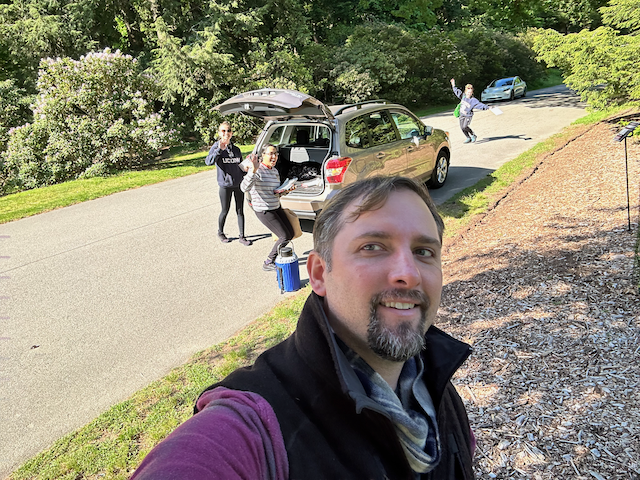Collecting hemlock at the Arnold!
Last week I visited one of my favorite places: the Arnold Arboretum of Harvard University. As a tree biologist, the Arnold feels like a ‘temple’ of research. Over a century of careful collecting, cultivation, and study has created one of the world’s leading germ plasm collections for temperate woody plant species. The PCG visited to collect hemlock samples for our longitudinal study of terpenoid expression in hemlocks.
Terpenoids are large molecules found in numerous microbe, animal, and plant species, but the plants (ok - the fungi too) are the masters of terpenoid chemistry. Terpenoids have been linked to ecological variation and are part of a plant’s tool kit to deal with enviornmental stress. In the hemlock system, we suspect terpenoids play an important role in determining susceptibility, tolerance, and resistance to the Hemlock Woolly Adelgid. To investigate the role of terpenoids in the Hemlock-HWA system we are performing,
Monthly Sampling
- Across families of resistant and susceptible eastern hemlocks
- Across species of hemlocks with variable resistance to HWA
- At monthly timepoints to assess seasonal variation
We are flash freezing samples on liquid nitrogen and shipping them to the Cernak Lab at the University of Michigan for untargetted GCMS analysis. We will analyze the data using longitudinal models that incorproate spatial effects to account for environmental heterogeneity and non-random effects from relatedness at the family and species level.

Vidya Vuruputoor is leading the effort to collect the tissue. We have help from other members of the PCG. Thanks Victoria Burton and Meghan Myles for making it happen!